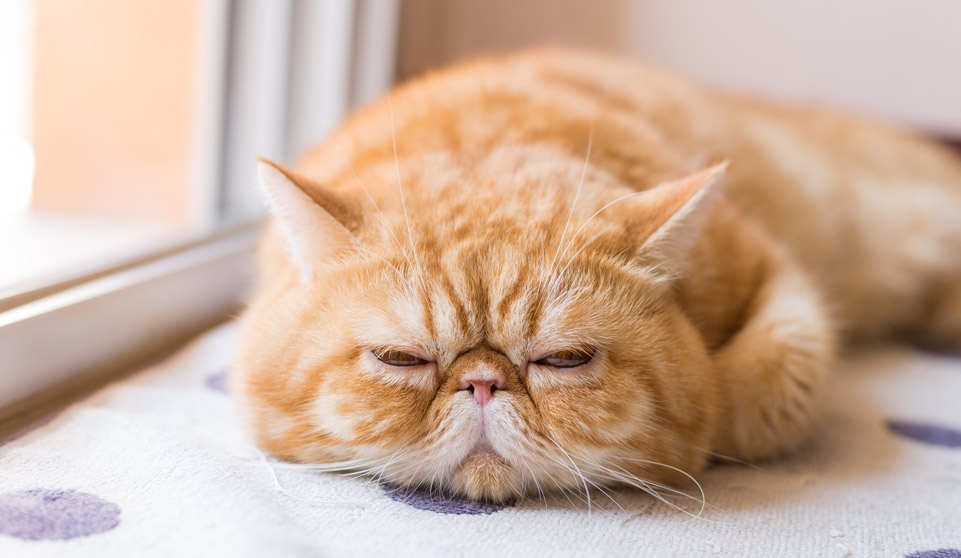Exotic Short Hair Information

History
The Exotic Shorthair resulted from a cross breeding between a Persian longhair and an American Shorthair.
They were bred in the USA in the 1960’s by breeders who firstly wished to have a cat with the personality of a Persian without the high maintenance long coat and also by American Shorthair breeders, who were keen to broaden the breed’s colour range.
They were officially recognised by the Federation Internationale Feline in 1986.
In Australia the breed is being developed by crossing Persians with British rather than American Shorthairs.
At a glance
- Gentle Nature
- Sweet
- Even Tempered
- Affectionate
Characteristics
One of the most affectionate and loyal of all the cat breeds. They make an excellent lap cat and are happiest in quiet, familiar surroundings.
They can make playful bursts and tend to be livelier than there Persian ancestors.
Their short haired coat is low maintenance in comparison to the Persian and only requires a weekly brushing to reduce shedding problems and hair balls.
Health
Average lifespan is 12 -14 years.
Illnesses with increased prevalence in this breed include;
- Polycystic Kidney Disease – Slowly progressive inherited disease which leads to kidney failure. Normally seen first in cats older than seven years. It can affect over half the breed population in some countries.
- Brachycephalic Airway Syndrome (BAS) – A combination of anatomical features including narrow nostrils elongated soft palate and deformed throat result in breathing difficulties and require special management and sometimes surgery.
- Hypertrophic Cardiomyopathy – Disease of the heart muscle particularly the left hand side of the heart resulting in abnormal cardiac enlarged and eventual heart failure Dystocia – Difficulty giving birth.
- Malformed tear ducts – Cosmetic defect causing overflow of tears on the face.
- Feline Lower Urinary Tract Disease (FLUTD) – A condition that has a variety of potential causes including bacterial infection, stones in the urinary tract, cancer or idiopathic (unknown cause). It results in a combination of or in all of the following symptoms including painful, bloody urination or inability to urinate.
